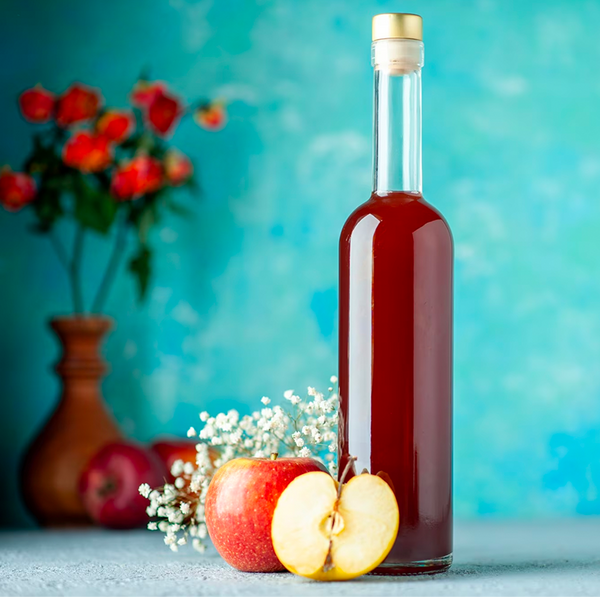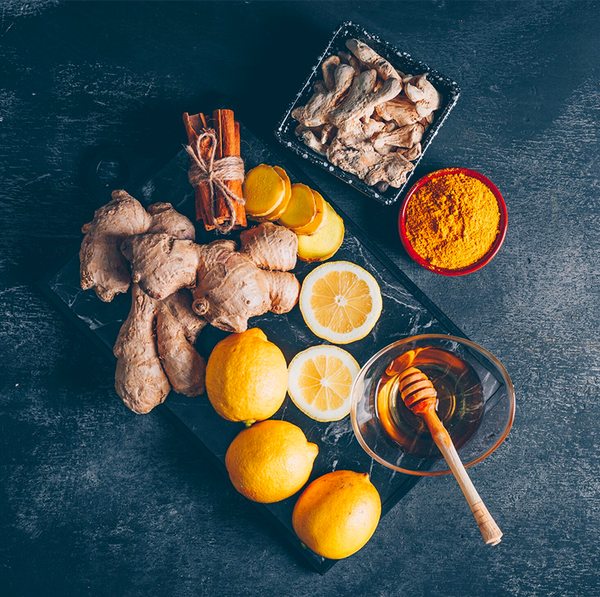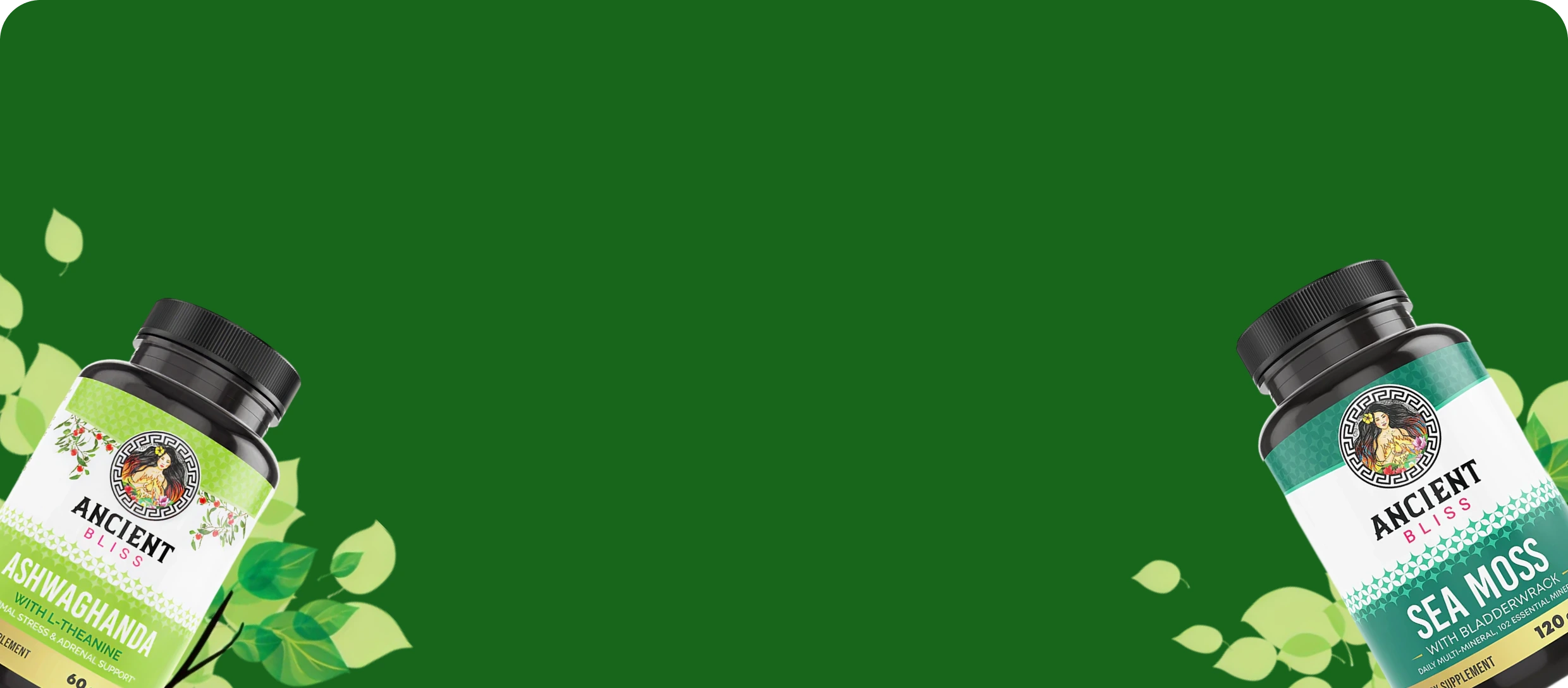How do I heal my gut biome after taking antibiotics?

How Do I Heal My Gut Biome After Taking Antibiotics?
The gut microbiome consists of trillions of incredibly important microbes residing in your gut. They affect different aspects of your health, including immunity, digestion, and behavior.
However, taking antibiotics, whose job is to kill bacteria, can disturb your normal gut biome balance and cause certain health issues.
Keep reading the article to find how you can rebuild your gut biome naturally.
A brief introduction to the human microbiome
Your body is home to trillions of good microbes that help it thrive and function normally. They are present in different areas within or on your body and are collectively called the human microbiome.
According to recent studies, the number of these microbes in or on your body is almost equal to the number of body cells you have (1). Over 1,000 species of bacteria, fungi, viruses, and other single-cell organisms make up your microbiota. Any imbalance in their number can lead to serious health issues such as diarrhea.
Gut microbiome
Your gastrointestinal tract harbors around 100 trillion microorganisms that secrete essential metabolites, due to which they are now thought of as a virtual organ (2).
Each individual has a unique set of the gut microbiome that contributes to different body functions such as defense against harmful microbes, food digestion, and nerve response to body processes.
Vitamins are an essential part of the diet and should be consumed in adequate amounts to regulate important body functions. Your gut microbiome is a vitamin factory, too, synthesizing vitamins B1, B2, B5, B7, B9, and K, which help in improving health (3).
Antibiotics are chief disrupters of the gut microbiome
Antibiotics are designed to kill bacteria. They are prescribed to anyone who is dealing with a bacterial function. Unfortunately, antibiotics cannot distinguish between good and bad bacteria. As a result, when you take them to eradicate infection-causing bad bacteria, they end up killing good ones, too.
This disrupts your natural gut microbiome balance and leads to health problems like diarrhea, vomiting, nausea, gas, constipation, and infections. The extent of antibiotic damage to the gut biome depends on how long you take medicine, what type of antibiotics you take, and what your age is.
Some bacterial species tend to recover their composition after antibiotics. However, there are some species that fail to do so. This is when you are supposed to try different ways to rebuild your gut biome and restore your health.
The best natural ways to rebuild your gut microbiome
Here are the best possible ways you can try to heal your gut biome after taking antibiotics.
Try prebiotics
Prebiotics are the non-digestible food components like fibers that you cannot digest on your own and depend on gut bacteria for normal digestion. Your gut bacteria consume prebiotics as fuel and grow in number fast after having them.
Many studies also prove the effectiveness of prebiotics in restoring certain gut bacterial species (4). Whole grains, fruits, and vegetables are a natural source of prebiotics. However, you can also take prebiotic supplements.
Give certain herbs and spices a chance
Certain herbs and spices are popularly used to restore gut flora (5). They contain anti-inflammatory compounds and antioxidants that can promote the health of gut flora and tackle symptoms like vomiting, nausea, and constipation.
Ginger, turmeric, cardamom, bay leaves, and cinnamon are common examples of herbs and spices used for healing the gut biome.
Make the most of fermented foods
Fermented foods are rich in good bacteria. That is why they can help you improve the function of the gut biome and reduce the number of pathogenic bacteria in the intestines. Plain yogurt, tempeh, kimchi, and kefir are some examples of fermented foods you can take.
Eat foods that digest fast
Increase the intake of foods that are not hard on your gut or do not trouble your stomach in any way. Take foods rich in soluble fibers. Examples of these foods are citrus fruits, melons, beans, lentils, oatmeal, and cruciferous vegetables.
Reduce the intake of foods that cause digestive distress
Stop taking foods that may cause digestive distress until you recover your gut flora. Food additives like emulsifiers, artificial flavors, and sweeteners can disturb your gut health more. Therefore, avoid taking any food that contains them.
Now that you know how to heal your gut biome, choose the most convenient method from the methods listed above and let it do wonders for you.
In same category
-
![]()
How do I heal my gut biome after taking antibiotics?
How Do I Heal My Gut Biome After Taking Antibiotics? The gut microbiome consists of trillions of incredibly important microbes...
-
![]()
How do I heal my gut biome after taking antibiotics?
How Do I Heal My Gut Biome After Taking Antibiotics? The gut microbiome consists of trillions of incredibly important microbes...
-
![]()
How do I heal my gut biome after taking antibiotics?
How Do I Heal My Gut Biome After Taking Antibiotics? The gut microbiome consists of trillions of incredibly important microbes...





